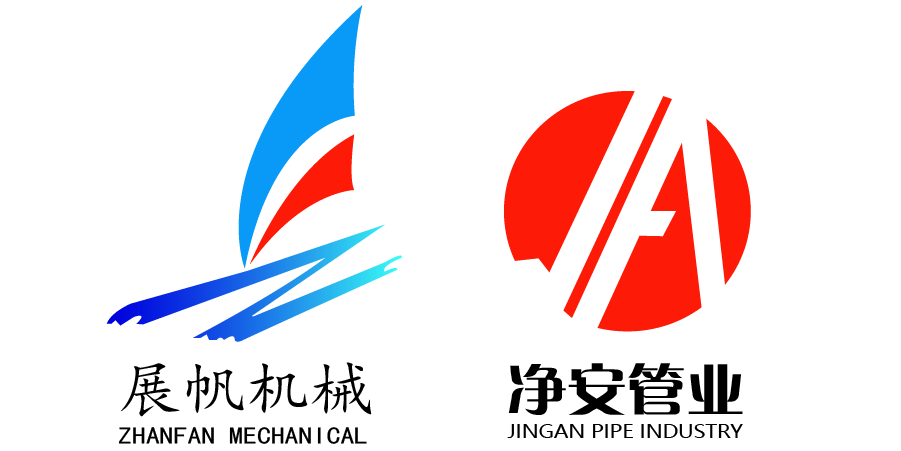Generally speaking, Stainless Steel female thread gate valve OEMs are classified according to the layout of the gate and the layout of the valve stem. Of course, according to the raw materials, they can be divided into Stainless Steel female thread gate valve OEMs, carbon steel gate valves and so on. Stainless Steel female thread gate valve OEM refers to a valve whose closing member moves in a straight direction along the centerline of the passage, and is mainly used for blocking in the pipeline. This article introduces the detailed features of the two categories of gate valve products as follows.
1. According to the layout of the gate, it can be divided into:
1) Parallel Stainless Steel female thread gate valve OEM: the sealing surface is parallel to the straight centerline, that is, the gate valve with two sealing surfaces parallel to each other. In parallel stainless steel gate valves, the layout with thrust wedge is often common. There are double-sided thrust wedge in the center of the two gates. This kind of gate valve is suitable for low pressure medium and small diameter (DN40-300mm) gate valves. There are also tension springs between the two gates, which can generate pre-tightening force, which is beneficial to the sealing of the gates. The stainless steel gate valve we are talking about can be divided into two categories according to the arrangement of the gate and the arrangement of the valve stem. Of course, according to the different raw materials, it can be divided into stainless steel and carbon. It can be a steel gate valve, etc. Stainless steel gate valve is a valve whose closing part moves linearly along the center line of the channel, and is mainly used to cut off the pipeline. In this article, we will introduce the detailed features of the two gate valve products as follows.
1. According to the layout of the gate, it can be divided into the following categories.
1) Parallel stainless steel gate valve: The sealing surface is a straight centerline, that is, a gate valve with two sealing surfaces parallel. Among the parallel stainless steel gate valves, the arrangement using thrust wedge is the most common. There is a double-sided thrust wedge in the center of the two gates. This type of gate valve is a low pressure medium and small diameter (DN40-300mm) gate valve. There is also a tension spring between the two gates, which can generate pretension. This is useful for gate sealing.
2) Wedge-shaped stainless steel gate valve: the sealing surface and the straight centerline form a certain point of view. In other words, it is a gate valve with two wedge-shaped sealing surfaces. The inclination angle of the sealing surface is usually 2°52′, 3°30′, 5°, 8°, 10°, etc. The size of the viewpoint mainly depends on the non-uniformity of the temperature of the medium. In general, the higher the operating temperature, the greater the viewing angle required to reduce the possibility of wedge during temperature changes. Advantages: The sealing surface requires low viewpoint accuracy, and it is not easy to become wedge-shaped due to temperature changes. If the sealing surface is worn out, gaskets can be added to make up for it. However, many components in this layout tend to stick to the viscous medium and affect the seal. More importantly, the upper and lower baffles are prone to rust after long-term use, and the bare gun doors simply fall off.
2. According to the arrangement of the valve stem, it can be divided into the following categories
1) Rising stem stainless steel gate valve: The stem nut is on the bonnet or bracket. When opening and closing the gate, rotate the stem nut to complete the stem lifting. This layout is widely used because it is conducive to the smoothness of the valve stem and the degree of opening and closing is obvious;
2) Dark stem stainless steel gate valve: The stem nut is on the valve body, and the direct contact is getting more and more centered. When opening and closing the gate, it is completed with a rotary valve stem. The advantage of this layout is that the height of the gate valves is always the same, which makes them suitable for small installation space, large-diameter gate valves and gate valves with limited installation space. This layout should be equipped with an on/off indicator to indicate the degree of on/off. The disadvantage of this layout is that the valve stem thread is not only not smooth, but also can directly withstand the corrosion of the medium.
Post time: Aug-23-2021


